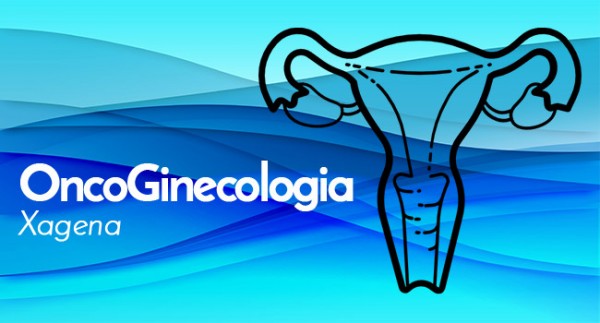 Antitumor Activity of Yondelis ( Trabectedin ) and PM01183 ( Lurbinectedin ) in Germline BRCA2 Carriers with Metastatic Breast Cancer (MBC) as compared to BRCA1 Carriers : Analysis of two Phase II Trials.
Antitumor Activity of Yondelis ( Trabectedin ) and PM01183 ( Lurbinectedin ) in Germline BRCA2 Carriers with Metastatic Breast Cancer (MBC) as compared to BRCA1 Carriers : Analysis of two Phase II Trials.Background:
BRCA 1/2-associated breast cancer share homologous recombination deficiency, but also have independent and potentially actionable roles. Novel drugs with innovative mechanism of action, lacking cross-resistance with other used agents are needed for BRCA 1/2 MBC. Trabectedin (TR) and its analog, lurbinectedin (L), have shown to be active in BRCA 1/2 MBC. This study was sought to determine if there was a difference in activity of these agents between BRCA1 and 2 carriers.
Methods:
Safety and efficacy in MBC BRCA 1/2 were analyzed in 2 separate phase II trials of single agent TR and L.
Results:
88 patients were evaluated: 34 with TR, 54 with L. Median age: 46 and 43, respectively. Median (range) prior chemotherapy lines: TR, 4 (1-10); L, 2 (0-5). Clinical responses were seen in the 2 trials (see table) and were higher in BRCA2 than in BRCA1 (33% vs 9% with TR and 61% vs 26% with L). Main adverse event was myelosuppression (grade 3-4 neutropenia / thrombocytopenia / febrile neutropenia: TR, 62.1%/24.3%/10.8% L, 66.7%/20.4%/20.4%). Non-hematological toxicity was mostly grade 1-2: fatigue, nausea/vomiting and high transaminases (grade 3/4 TR, 40.5%, L 18.5%).
Conclusions:
Remarkable activity of trabectedin and lurbinectedin as single agents was observed in BRCA 2 associated MBC. This finding warrants further investigation. One potential mechanistic rationale is the role of both lurbinectedin and BRCA 2 in transcription. Safety was acceptable and manageable in both studies.
| esponse | Trabectedin 1.3 mg/m² D1 q3wks | Lurbinectedin 7 mg FD / 3.5 mg/m² D1 q3wks | ||
|---|---|---|---|---|
| BRCA1 (n=22) n (%) | BRCA2 (n=12) n (%) | BRCA1 (n=31) n (%) | BRCA2 (n=23) n (%) | |
| CR | - | - | 2 (6.5) | - |
| PR | 2 (9.1) | 4 (33) | 6 (19.4) | 14 (60.9) |
| PRnc | 2 (9.1) | _ | 3 (9.7) | 1 (4.3) |
| SD | 9 (40.9) | 4 (33) | 12 (38.7) | 7 (30.4) |
| PD | 9 (40.9) | 4 (33) | 8 (25.8) | 1 (4.3) |
| ORR | 9.1 | 33.3 | 25.8 | 60.9 |
| DCR | 59.1 | 66.7 | 74.2 | 95.7 |
| DOR (mo) | 1.6 | 2.7 | 10.2 | 6.4 |
| PFS (mo) | 2.5 | 4.7 | 3.0 | 6.0 |
| OS (mo) | NA | NA | 15.0 | 26.6 |
CR complete response; DCR disease control rate; DOR duration of response; FD flat dose; mo, months; ORR overall response rate; PD progressive disease; PFS progression-free survival; PR partial response, PRnc non-confirmed PR; SD stable disease; NA not available.








